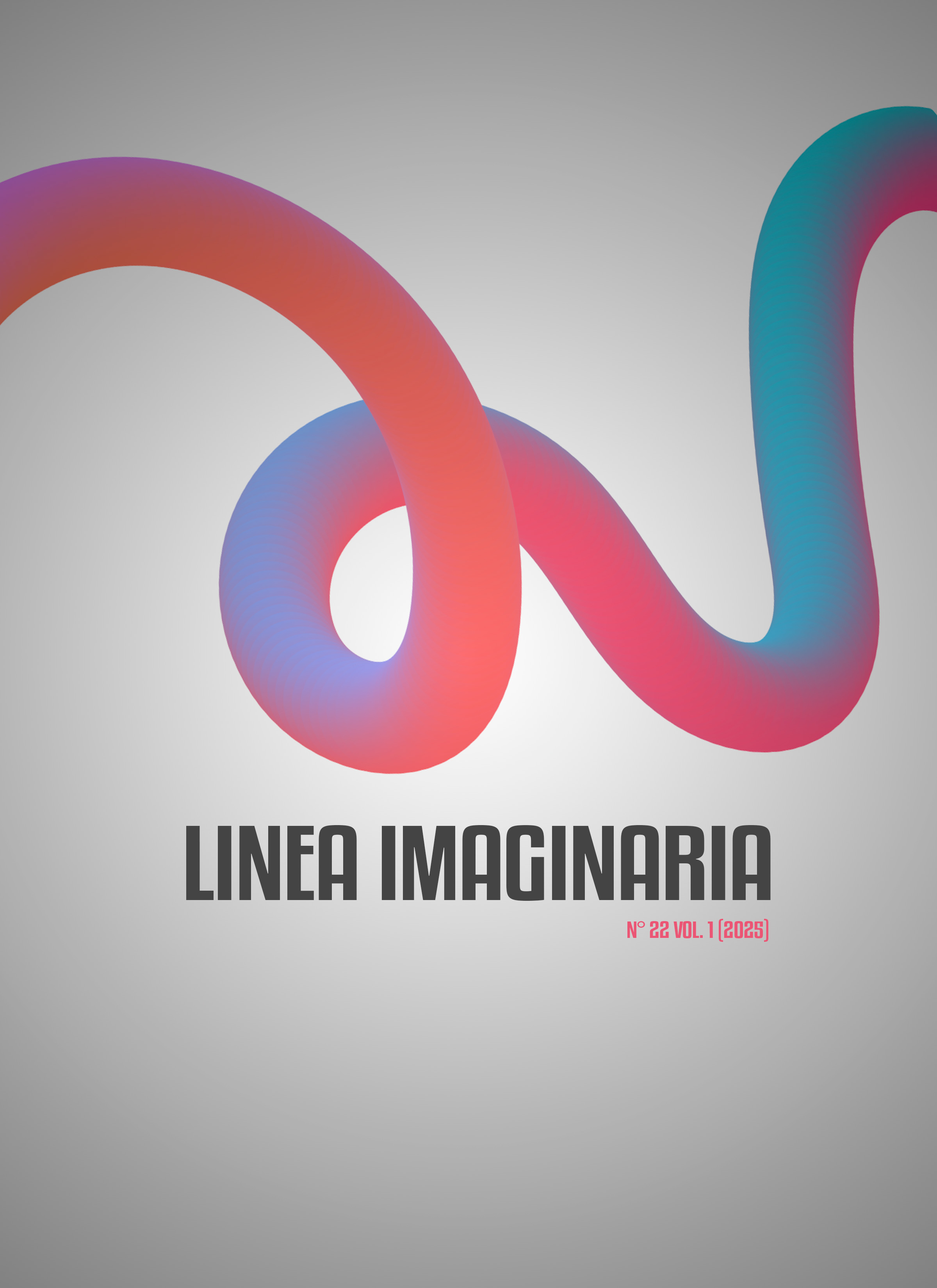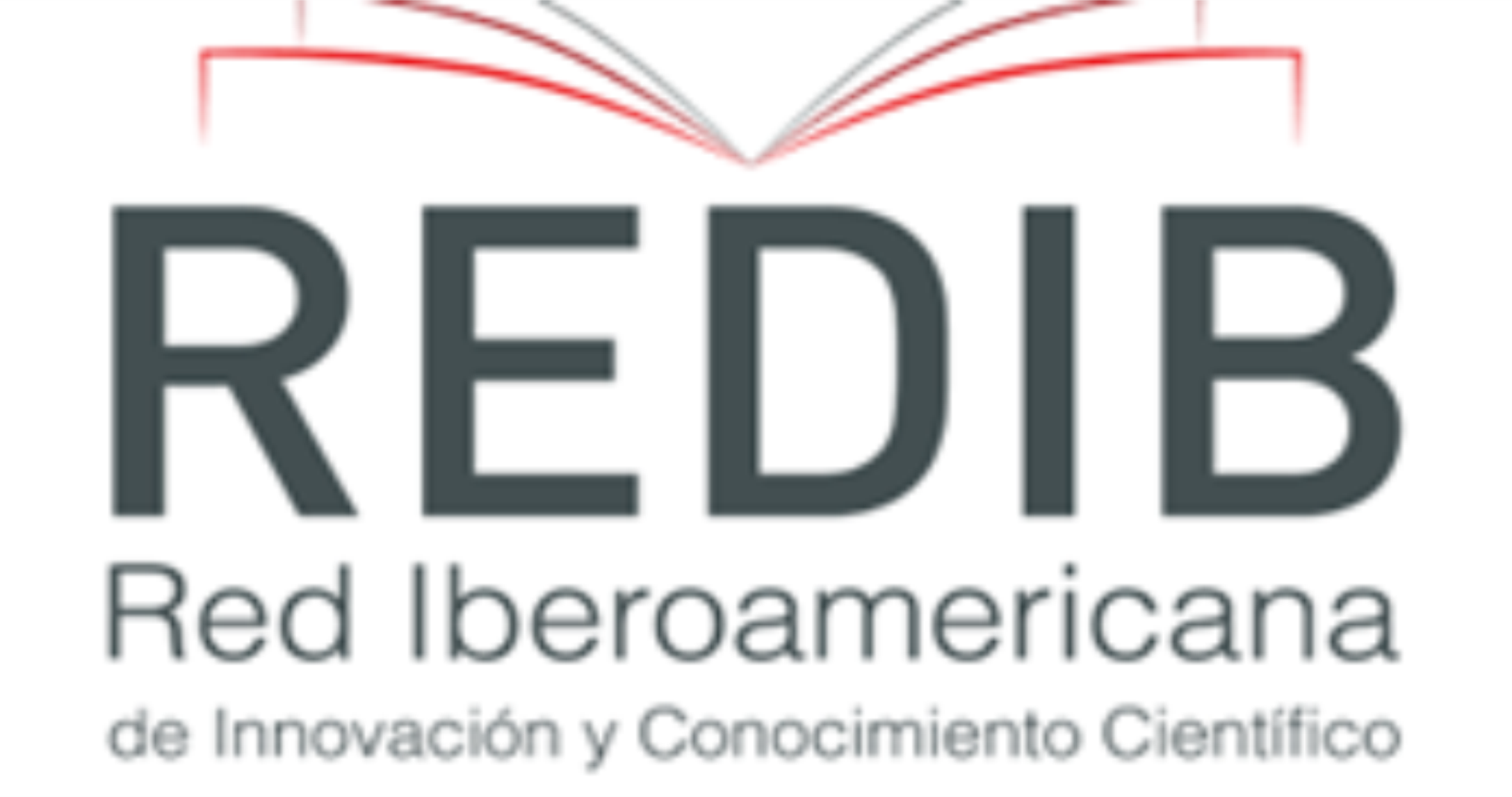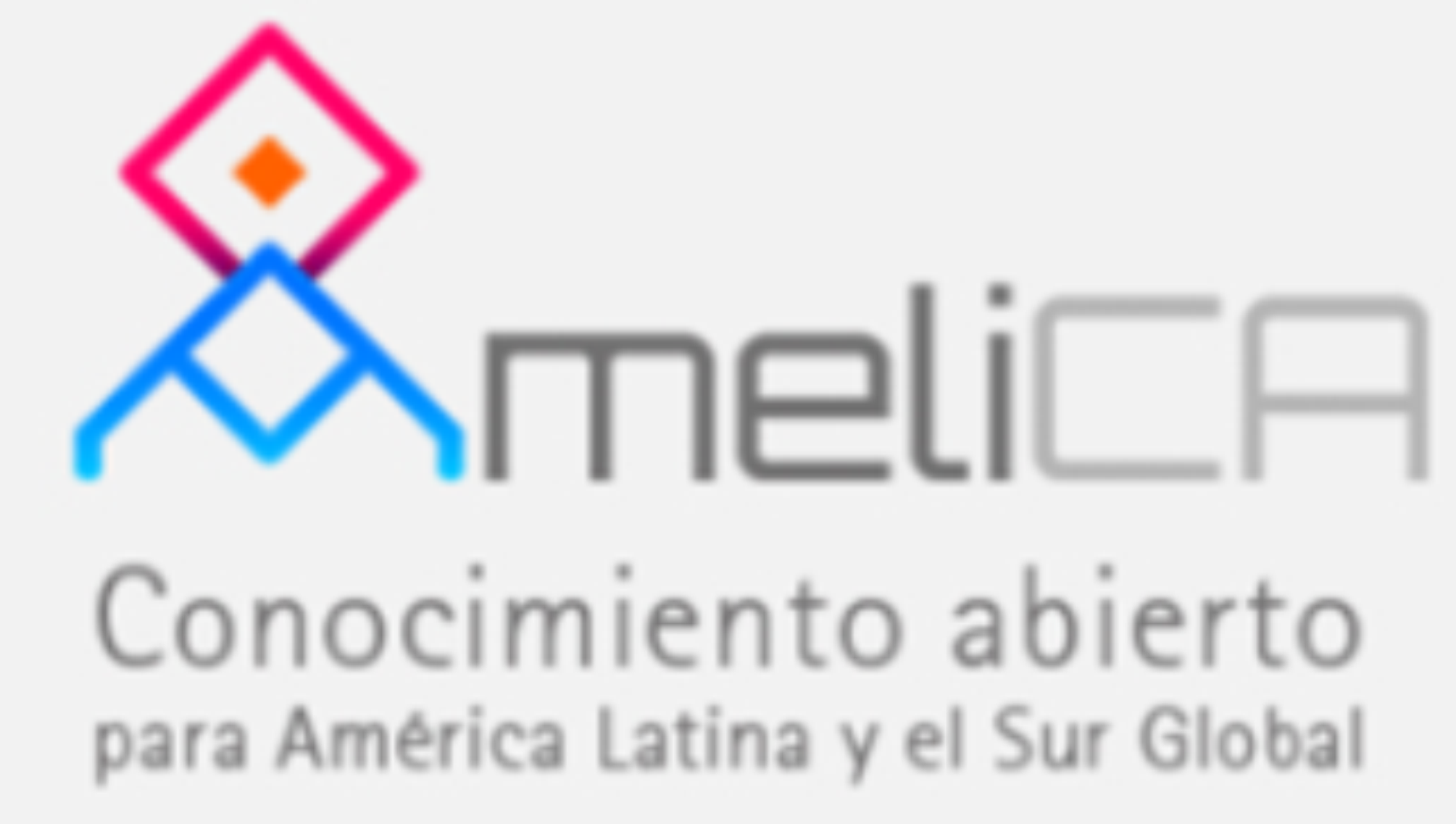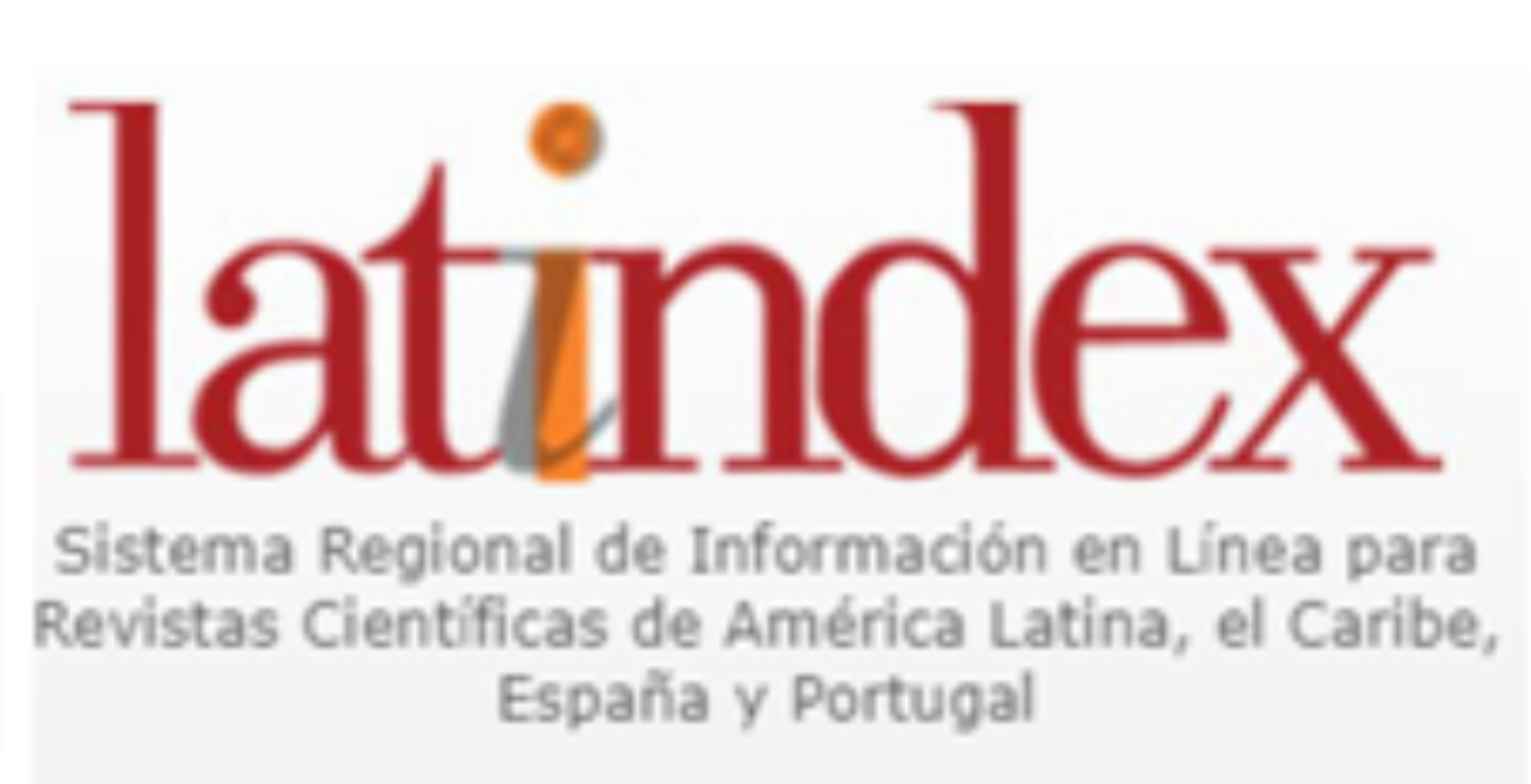INTEGRACIÓN DE LA METODOLOGÍA STEAM EN LA HUERTA ESCOLAR: UNA EXPERIENCIA DE INVESTIGACIÓN – ACCIÓN EN MATEMÁTICAS CON ESTUDIANTES DE GRADO NOVENO
DOI:
https://doi.org/10.56219/lneaimaginaria.v1i22.4134Abstract
The article entitled "Integration of the STEAM Methodology in the School Garden: An Action Research Experience in Mathematics with Ninth-Grade Students" is presented, within which all the necessary and indicated steps were developed to obtain the expected results. This is an action-research methodology, field-based, in order to truly achieve the expected results and address the problematic situation with the researcher in situ. Since these are people, young students, the importance, value, necessity, and relevance are already explicit. Using the STEAM methodology for the necessary improvements in mathematics learning, as well as the use of the school garden as a means to this end, the results obtained were absolutely grateful and relevant, since they even exceeded previously stated expectations. Likewise, it is indicated and highlighted that the knowledge went beyond mathematics, since logical reasoning, spatial comprehension, and other factors were consolidated. Likewise, environmental and protective awareness, which is a current trend and should be cultivated from an early age, has also been fostered by all teachers, who have embraced this innovative and beneficial way of transmitting knowledge.
Downloads
References
Arias, F. (2010). Métodos de investigación en ciencias sociales. Caracas: Plasma.
Beers, S. (2011). 21st Century Skills: Preparing Students for THEIR Future. Retrieved from STEM Education Coalition.: https://files.eric.ed.gov/fulltext/ED519462.pdf
FAO. (1996). Declaración de Roma sobre la Seguridad Alimentaria Mundial.
Hurtado, J. (2015). Metodología de la investigación científica. Venezuela: XYZ.
Jeong, J. (2019). Influence of STEM inquiry-based learning on students with high and low achievement in science. Retrieved from International Journal of Science and Mathematics Education: https://doi.org/10.1007/s10763-018-9899-2
Kettler, T. (2019). Teachers’ perception of STEM integration and education: A systematic literature review. Retrieved from International Journal of STEM Education: https://doi.org/10.1186/s40594-018-0151-2
Klemmer, C. (2021). School gardens and STEM integration: A synthesis of research. Retrieved from Journal of Agricultural Education: https://doi.org/10.5032/jae.2021.02001
McTaggart, R. (1988). The Action Research Planner.
Moodley, M. (2020). The influence of agricultural contexts on learners’ understanding of mathematics: A case study in South Africa. Retrieved from African Journal of Research in Mathematics Science and Technology Education: https://doi.org/10.1080/18117295.2020.1723271
Moore, T. (2012). Considerations for teaching integrated STEM education. Retrieved from Journal of Pre-College Engineering Education Research: https://doi.org/10.5703/1288284314653
Shernoff, D. (2017). Assessing teacher education and professional development needs for the implementation of integrated STEM curriculum. Retrieved from International Journal of STEM Education: https://doi.org/10.1186/s40594-017-0068-1
Torres, M. (2017). La huerta escolar como estrategia de enseñanza en educación básica.
Yakman, G. (2008). STEAM Education: An Overview of Creating a Model of Integrative Education.
Downloads
Published
How to Cite
Issue
Section
License

This work is licensed under a Creative Commons Attribution-NonCommercial-ShareAlike 4.0 International License.
La revista Línea Imaginaria conserva los derechos patrimoniales (copyright) de las obras publicadas, que favorece y permite la reutilización de los mismos bajo la licencia Creative Commons Atribución-NoComercial-CompartirIgual 4.0 , por lo cual se pueden copiar, usar, difundir, transmitir y exponer públicamente, siempre que se cite la autoría y fuente original de su publicación (revista, editorial, URL y DOI de la obra), no se usen para fines comerciales u onerosos y se mencione la existencia y especificaciones de esta licencia de uso. Si remezcla, transforma o crea a partir del material, debe distribuir su contribución bajo la misma licencia del original.













